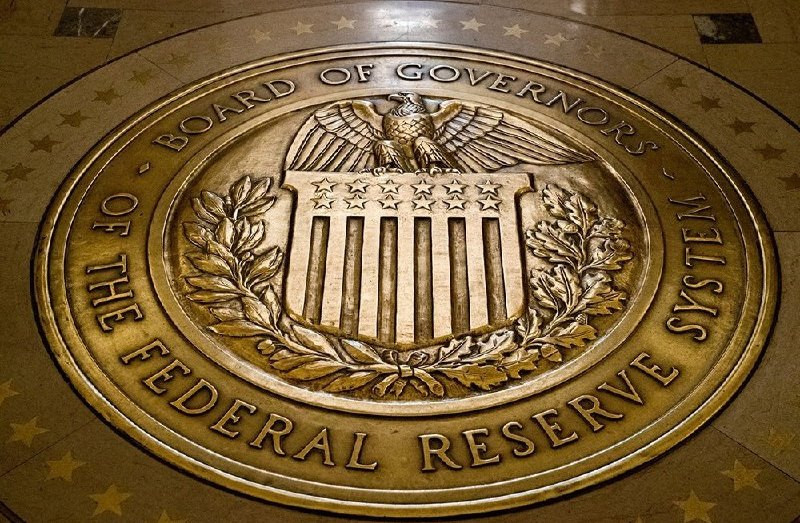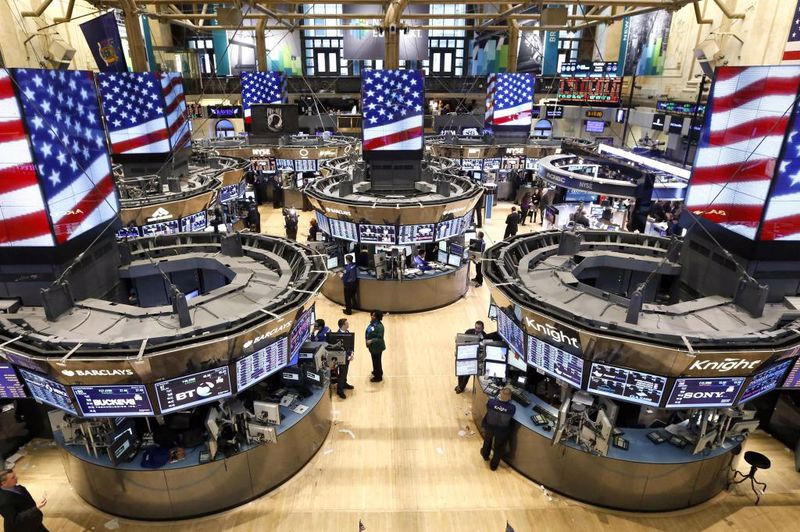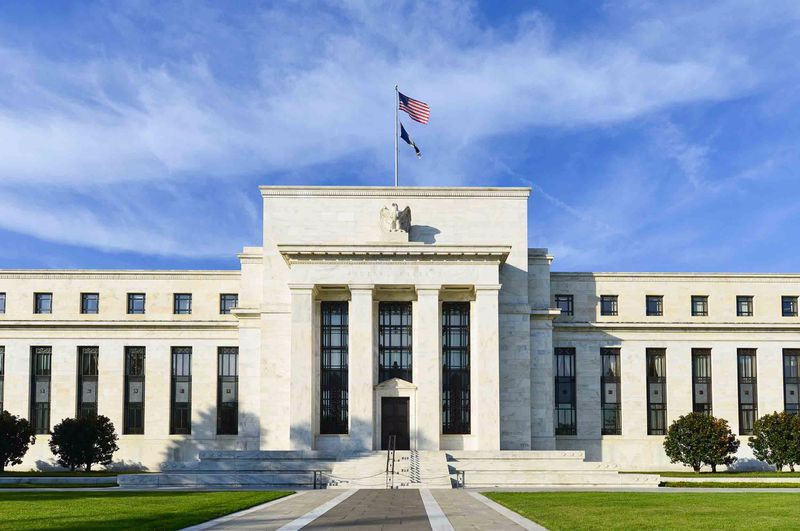
The greenback continues its triumphant march, testing the patience of the main trading partners of the United States, whose currencies have already reached multi-year lows.
So, European Central Bank officials are already openly expressing their dissatisfaction with the ongoing weakening of the euro.
On Monday, ECB President Christine Lagarde said that the depreciation of the EUR has increased inflationary pressure.
The most obvious way to support the single currency, in addition to a sharp increase in rates, is to conduct an intervention.
Last Thursday, the Japanese authorities intervened in the foreign exchange market for the first time since 1998 to support a pretty battered yen.
This step led to the fact that the USD/JPY pair collapsed by five figures in just an hour. However, in a matter of days, the pair managed to recover almost all the lost positions.
The fact is that the fundamental factors that currently drive exchange rates are stronger than the interventions of central banks.
At the same time, it seems unlikely that the largest central banks are ready to coordinate their actions to put pressure on the dollar, as they did in 1985 by concluding the Plaza Accord agreement.
This still goes against the priorities of the United States to reduce inflation and weaken stock quotes.
In the month since Federal Reserve Chairman Jerome Powell took a tough stance on inflation, U.S. stocks have suffered double-digit losses.
In particular, the S&P 500 index has fallen by about 14% in almost five weeks.
According to the indicator tracked by the Federal Reserve Bank of Chicago, general financial conditions in the United States remain below their historical average or slightly weakened, which is a signal that Fed officials may still have, as many of them put it, to work.

"What we have heard from the Fed is simply an unwillingness to allow any dovish position until financial conditions reach much tougher levels and there is convincing evidence of a decline in inflation," Deutsche Bank strategists said.
Thus, the growth of the USD index contributes to the achievement of this dual goal of the central bank.
Officials in Washington have made it clear in recent days that they are looking beyond both the red sea on Wall Street and the avalanche of concern abroad that the US central bank may be pushing the world to the brink of recession.
On Tuesday, White House economic adviser Brian Deese said that the dollar's rise reflects the relative strength of the US economy. He also said that he sees no need to adjust the exchange rate of the US currency within the framework of the global agreement.
"Until monetary and fiscal policies around the world lead to a real strengthening of the respective currencies, we expect the dollar to be very high," Credit Suisse analysts said.
Commerzbank also predicts that the greenback will remain strong.
"Fed officials leave no doubt that the fight against inflation through aggressive rate hikes remains their top priority. Of course, they also see risks for the economy, but recent data releases give little reason for financial markets to doubt the central bank's determination," they noted.
"No matter how you look at it, it remains questionable where else the dollar can grow. However, there are no alternatives at the moment. The strengthening of the US currency may continue for some time, while the EUR/USD pair will tend to further decline," they added.
On Tuesday, the greenback managed to shrug off its intraday losses and returned to positive territory after the release of better-than-expected US data.
So, in September, the consumer confidence index in the country from the Conference Board rose to 108 points compared to 103.6 points a month earlier. The indicator has updated the high for the last five months. Analysts predicted an increase to 104.5 points.
Meanwhile, sales of new homes in the United States in August soared by 28.8% compared to the previous month and amounted to 685,000. The growth of the indicator has become a record since June 2020. Experts on average expected a decline in sales of new buildings last month to 500 thousand.
These data served as a tailwind for the US currency and put pressure on US stock quotes.

The S&P 500 updated the low since December 2020, having failed to keep the rise observed at the beginning of the session. The indicator value dropped by 0.21% to 3647.29 points.
Recently, the principle: the better the data, the worse the market, works like a Swiss watch.
It turns out that the threat of more aggressive actions by the Fed is more terrible for investors than the slowdown in the growth of the national economy.
Minneapolis Fed President Neil Kashkari believes that the Fed needs to tighten monetary policy until inflation slows down.
"The only mistake that I am acutely aware of, which I don't want to repeat since the 1970s, when politicians saw the weakening of the economy and slowing inflation, they lowered rates, thinking they had already done their job. And then inflation broke out again. I believe that this is a mistake that we cannot and will not make," Kashkari said.
At the same time, he acknowledged that there is a risk of overdoing it, but noted that the Fed is moving at an appropriate aggressive pace to curb inflation.
The head of the Federal Reserve Bank of Minneapolis believes that a "soft landing" of the economy is still possible.
According to Mary Daly, president of the San Francisco Fed, the Fed is determined to achieve a slowdown in inflation, but the central bank does not want to cause a recession in the economy.
In the current environment of high inflation, it is important to act as carefully as possible so as not to cause long-term damage to the labor market, she said.
Daly believes that price stability is of fundamental importance. In her opinion, the acceleration of inflation in the United States is about half caused by excessive demand and about half due to limited supply. The head of the San Francisco Fed hopes that an increase in the cost of borrowing by the Fed will reduce demand, while supply will recover, as a result of which these two factors will come into balance.
"Nevertheless, disruptions in supply chains still persist, and the supply in the labor market is not growing as fast as expected, so the US central bank will probably have to put a little more pressure on demand to make sure that inflation is slowing down," Daly said.

Emboldened by the hawkish comments of the representatives of the Fed, the greenback returned to growth. Meanwhile, the EUR/USD pair lost the points gained during the session. It ended Tuesday's trading in a slight negative, falling to 0.9590 from the previous closing level of 0.9605.
This followed major leaks of blue fuel into the Baltic Sea from 2 Russian gas pipelines at the center of the eurozone energy crisis.
"Whether it's data from the United States that surprised with growth, the American administration showing no concern about the strong dollar, or new chapters in the energy crisis in Europe, all this testifies in favor of the continuation of the USD rally," ING strategists believe.
They do not see significant obstacles for the dollar up to the 120 mark.
"We forecast a shallow correction and further USD growth at this powerful stage of the rally," ING reported.
In the morning on Wednesday, the greenback reached new 20-year highs in the area of 114.75-114.80. At the same time, the EUR/USD pair extended its decline on Tuesday, plunging to the area of 0.9530, where it last traded in June 2002.
The single currency struggled to maintain stability against the dollar, despite the hawkish comments of ECB officials.
The ECB should continue to raise interest rates to curb inflation, even if the side effect of tightening policy will be weaker economic growth, ECB President Christine Lagarde said on Wednesday.
"We need to bring inflation back to 2% in the medium term, and we will do what we have to do, namely, we will continue to raise interest rates at the next few meetings. If we had not fulfilled our mandate, it would have caused much more damage to the economy," she said.
ECB Governing Council member Robert Holzmann said a 75 basis point increase in interest rates would be a good option for the October meeting.
Another ECB representative, Peter Kazimir, said that raising rates by 75 basis points would be a very good candidate to maintain the pace of policy tightening.
According to ECB Vice President Luis de Guindos, the central bank will continue to raise rates in the coming months, but the number and size of increases will be determined by incoming data.
"In 2023, growth will be very low, below 1% in the basic version. An increase in interest rates will have a clear impact on corporate solvency," he said.
ECB Governing Council member Yannis Stournaras believes that the central bank should adhere to the basic principles of gradualness and flexibility, since the problem it faces is different from that faced by the Fed in the United States.
"Inflation in Europe today occurs from the aspect of supply, not demand. This is largely due to the import of natural gas from Russia," he said.
Research company GfK on Wednesday reported that the leading indicator of consumer confidence in Germany in October updated the historical low.

The value of the indicator dropped to -42.5 points compared to -36.8 points in September. The record low is recorded for the fourth consecutive month. Analysts on average predicted a less significant drop in the indicator – to -39 points.
These data underline the concern of the population about high inflation and energy prices, as well as continuing concerns about a possible recession in the country's economy.
Only the renewed selling pressure around the dollar amid improving market sentiment helped the EUR/USD pair to get up from its knees and bounce more than 200 points from 20-year lows.
The US stock market moved to growth on Wednesday, trying to reverse a multi-day losing streak. In particular, the S&P 500 index is adding about 2% on Wednesday.
Credit Suisse still expects the index to fall to 3235-3195.
"The 200-week moving average, which is at the level of 3590, has so far resisted. However, this will be a temporary stop. The subsequent net breakdown of the 3590 mark and closing below it may strengthen the bearish momentum, and then support will be activated around 3505-3494 (the area where the Fibo level of 50% correction of the uptrend of 2020-2021 and the high of the first quarter of 2020 are located). Although we expect that support will be more reliable here, its breakthrough may clear the way for a fall to the 3235-3195 zone," the bank's specialists said.
"The nearest resistance is marked at the level of 3727-3758, and the mark of 3907 should ideally prevent further growth," they added.
Experts warn that any respite for the euro may also not last long, as storm clouds are still hanging over the economy of the currency bloc.
After the overbought is eliminated, the greenback may well extend the hike to the upside, initially to the round level of 115.00, and then to the high of May 2002 at 115.30.
"The dollar should remain stable until the Fed is convinced that US inflation is declining and inflation expectations are well fixed. We remain bulls for USD and are aiming for 0.9500 in the EUR/USD pair, but we see the risk of a breakthrough below this level," Rabobank said.
The main currency pair has approached the lower boundary of the descending channel since February at the level of 0.9500. Protecting this level led to a rebound, but the 0.9860-0.9900 zone may become a ceiling. Below 0.9500, the next potential support is in the area of 0.9200-0.9150, Societe Generale analysts say.
Deeper problems such as energy shortages, the risk of a new phase of the conflict between Russia and Ukraine, and even the possibility of a debt crisis in Italy pose real threats to the EUR/USD pair in the fourth quarter, Credit Suisse economists say.
"The ECB has few tools to deal with these threats, perhaps even with the threat in Italy, if the new government of this country tests the patience of the EU with new fiscal plans. We can see EUR/USD moving towards 0.9000 in the fourth quarter," they said.





















